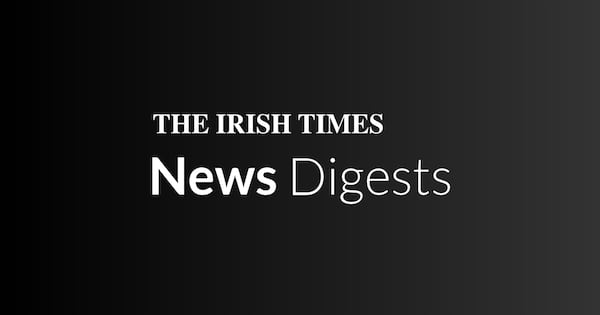The sporting seasons, much like the weather, are becoming more and more messed up. August hadn’t even started and both the All-Ireland championships and the Ashes series were done and dusted. What the hell is going on?
The weather has only added to the feeling that summer ended prematurely. One often feels guilty about welcoming the onset of a new rugby season, as it usually represents the onset of long autumnal and winter months, and by rights August is too soon, except this year, more than ever, the start of the 2022-23 campaign is filling a sporting void.
Thus is all the truer after the exploits of the women’s football team at their first World Cup campaign came to an end last Monday. The bunting is still up in Ringsend, which is bedecked in green and gold in honour of the 18-year-old local girl Abbie Larkin.
Of course, in addition to the novelty value of the women’s team competing in their first ever World Cup, football is a more popular and accessible game than rugby.
Nor is there the sense of achievement when any Tier 1 rugby team qualifying for a Rugby World Cup, and there’s also Ireland’s record at the previous nine tournaments – namely seven quarter-final exits along with a quarter-final play-off defeat against Argentina in Lens in 1999 and, worse still, a pool exit in 2007 in France when beaten by the hosts and the Pumas.
Not that one semi-final would have made such a radical difference really. Yes, Scotland have made one semi-final, back in 1991 but that was after beating Japan, Zimbabwe, Ireland and Samoa, and all of those games were in Murrayfield, where they then lost to England by 9-6.
Yet this glass ceiling has become a monkey around the necks of Irish teams, and seemingly with increasing weight. What’s more, it is used as a stick to beat over the heads of the sport in this country by the anti-rugby lobby.
This year Andy Farrell will bring the best Irish side which has ever competed in a World Cup to France, the problem being that it is also Ireland’s toughest ever draw. The world’s top five sides in the current rankings are in the same half of the draw, meaning that only two of them can make the semi-finals. Conceivably, Ireland could be the third best side in the competition and still suffer another quarter-final exit.
Having won 22 of their last 24 matches and backed up a historic series comeback win over the All Blacks with a Grand Slam, Ireland have earned the mantle of the world’s number one ranked side and deserve all the good will in the country which is going for them.
And clearly there is plenty of that about. Despite the high pricing of the tickets and this being the first warm-up friendly of their campaign in the first weekend in August against Italy, about 42,000 tickets have been sold.
The expectation is that the England game at the Aviva Stadium in a fortnight will be a sell-out, despite also being on terrestrial television, all of which suggests plenty of people want to wish this team well in France.
Come the World Cup itself, Ireland will again enjoy huge support, and especially the pool games against Romania and Tonga in Bordeaux and Nantes will be glorified home games, akin to Dunedin, Cardiff and London in years past. For a tiny little island, in which the national sports dominate, it really is remarkable how Ireland punches above its weight and the support which Irish sportsmen and women enjoy in all corners of the world.
The build-up has also been decidedly low-key. When Paul O’Connell held court at the squad’s first of three media days this week last Tuesday in the IRFU’s HPC, there were just 11 journalists present, along with two photographers and five people behind cameras.
The mind drifted toward the World Cup in France for Ireland’s group games against Romania, Tonga, South Africa and Scotland – and hopefully beyond. One imagines the media attendance will grow exponentially.
There’s a storm coming. This is the calm.
















